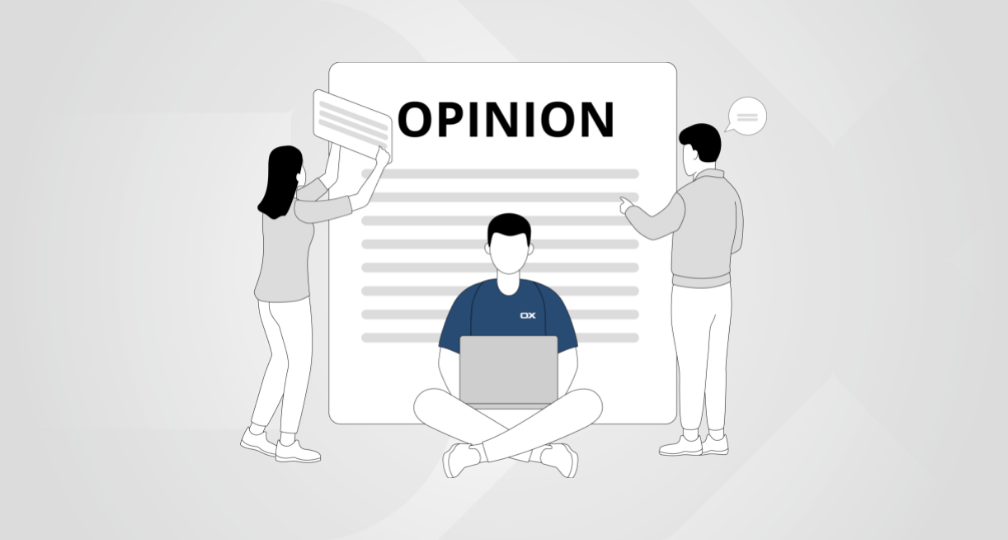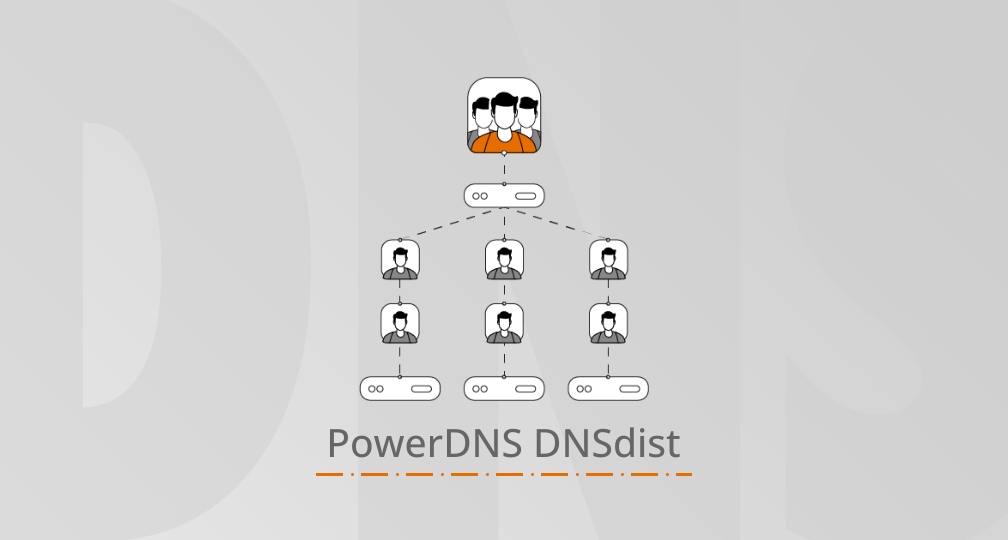
This is not a witch hunt! But, the reality is that Donald Trump’s administration has banned its companies from working with Huawei. So, what are the business, legal and intellectual property (IP) implications for those that work with the number one telecoms provider and number two smartphone manufacturer in the world.
Huawei’s US plight
In May 2019, after continued speculation, President Donald Trump signed an executive order giving the US federal government the power to bar US companies from buying foreign-made telecommunications equipment that is deemed a national security risk; namely, Huawei’s equipment. Japan and Australia, Google and Android have followed suit in cutting ties with the company.
The justification: outwardly, the US maintains that using Huawei’s telecoms infrastructure to build their new 5G network would leave the country open to risk — allowing the Chinese authorities to effectively infiltrate their network or cause disruption on their networks. Huawei vehemently deny they would supply the Chinese government with the data from their devices or give the government access to that data, and there is no direct evidence to contradict this. Ren Zhengfei, Huawei’s founder, and other senior executives “have stated unambiguously that Huawei will not build backdoors or hand over customer data. It doesn’t get much clearer than that,” a spokesperson for the company said. “We have never been required to do so, they have stated. We are not going to speculate on future possible scenarios beyond repeating the reassurances of Huawei’s most senior management.”
In an interview last month with CBS News, Zhengfei also said the company would never help China spy on the United States — even if required by law.
“We never participate in espionage, and we do not allow any of our employees to do any act like that. And we absolutely never install backdoors. Even if we were required by Chinese law, we would firmly reject that,” Ren told the American television network.
However, some experts have told CNBC that Huawei would be forced to hand over 5G data to the Chinese government if it was asked for it, because of national security laws:
“There is no way Huawei can resist any order from the (People’s Republic of China) Government or the Chinese Communist Party to do its bidding in any context, commercial or otherwise” — Jerome Cohen, NYU professor, adjunct senior fellow at council on foreign relations.
More than meets the eye
Is security the real or only reason Trump and his allies have banned the telecoms and mobile giant?
Behind the scenes, Peter Gray — UK and European Patent Attorney at Mathys & Squire — believes there is a trade element to this policy from Trump (although it should be noted that in 2012, Congress deemed Huawei and ZTE national security threats).
Telecoms is a globalised industry and there are US companies like Qualcomm, for example, that are heavily invested in making semi-conductor chips and selling technology in the same fields as Huawei. “I think there’s a trade element to this in terms of making sure that US companies maintain market share,” said Gray. He did reiterate that his opinion is pure speculation: “that’s not the reason given for the executive order, but the feeling is that there’s a need to protect US business interests,” he said.
If this is the reason, then it’s been a rather counter-productive exercise, as the Chinese will not let one of their largest companies painfully fade out of existence — the biggest trade war ever could be on the cards.
“A lot of issues surrounding Huawei stem from Donald Trump’s trade policies” — Gray
Security certainly is a factor, however.
In the globalised telecommunications industry, everybody has to share a lot of information in order to get the networks to operate properly. It is difficult for every company, regardless of nation, to protect themselves.
The US government has alleged cases of intellectual property theft in China with US technology being stolen. It’s not an amicable relationship between the two largest economies in the world.
5G in the UK — overhyped or has the next era of connectivity really begun?
The UK’s relationship with Huawei
It’s a different situation between the UK and Huawei. And, despite some resistance, the UK government has taken a different approach. They feel it is legitimate to use Huawei’s technology when building “our base stations and networks for 5G,” said Gray.
But there are ramifications for UK companies. ARM, for example, has decided to stop working with Huawei in allowing them to use their technology to make their semi-conductor chips.
ARM is UK headquartered, but they’ve got research facilities in the US and they do a lot of business in the US. It felt that the executive order made by the Trump administration “mean’t they couldn’t continue cooperating with Huawei, all the time that this trade restriction is in place,” explained Gray.
The majority of large UK-based corporations have a presence in the US, so it is not hard to imagine this scenario happening again — for those that work with Huawei.
ARM felt obliged to cut their relationship off, but it does depend on the company and how they are present in the US. If, for example, an organisation has just got a sales office in the US, and the purpose is to sell products and services, then that’s different to having research and development facilities there where an organisation would use US nationals to generate technology and to get patents.
This reflects badly on the tech ecosystem:
“The barring of Huawei from critical technology components exposes the fragility of the tech ecosystem. Even if this directive came from the White House, operating systems like Android have become a critical element of global telecoms infrastructure, and this degree of power should not reside within the remit of one company alone.
“In a real ecosystem no single actor should be able to take down a major participant. In our monopolised tech world, this is not the case. One political decision can take down whole industries in other countries, and possibly in the home country as an unintended consequence as well.
“The only way to deal with this situation is to bank on fully open source systems, that are also federated and permissionless. Take email for example: It is an open standard, many open source implementations, anyone can run a mail server and you don‘t need anyone for permission to do so and participate in the email global network.
“Whilst Android is open source, the Google apps, and first and foremost the Google Play store platform are not. A phone without access to apps and content is useless, so the whole platform is closed and monopolistic. All companies relying on tech (and there aren’t many that don’t) should do a deep risk assessment of what these dependencies are, and move them to open alternatives.
“Think of it like this — imagine if Network Rail or Deutsche Bahn had the power to just take down elements of the railway infrastructure; not the franchisers who operate services, but the actual train lines that are relied upon by millions. This is what we’re seeing with Huawei – it’s possible that hundreds of millions of ordinary smartphone users could now lose access to phones they’ve paid quite a lot for, precisely because of the hegemonic, siloed nature of Android.”
— Rafael Laguna, CEO of Open-Xchange
Your move
Moving forward, the situation depends on what happens politically. The Trump administration is somewhat unpredictable, so it is unclear what move will be made and who will make it.
In the middle of last year, US companies were effectively prevented from importing ZTE-originating technology. But not long after, the issue was resolved behind the scenes with the Chinese government. “I think it’s quite early days with this and it may well be the case that things shift again,” confirmed Gray.
According to Gray, Huawei has offered to make legal commitments to the US government that they wouldn’t spy using their technology — perhaps out of fear the US ban could cost it $30 billion in lost sales over two years.
“Politics, especially today, is very difficult to predict. But one does wonder whether this will be a minor blip; it may just go on for a few months, things will be leveraged politically and then we’ll to some extent go back to normal. If that’s the case, then I think that companies like ARM will be only affected over the short term and the sector will return so some sense of normal and business as usual,” he said. This is the best case solution.
In the meantime, Biju Nair — president and CEO, HYLA Mobile — believes the ban is likely to “temporarily benefit Chinese brands like Oppo, Vivo and Xiaomi.
“It is also expected that Apple phones will be banned in China in retaliation. But due to Apple’s popularity in the region, that is unlikely to hold — especially when you consider that 17% of Apple’s revenue comes from sales in China, and that it is a large employer in China, with a well-established supply chain for parts. Outside of China, Samsung should also stand to gain from the ban, as the Galaxy series competes with Huawei’s Honor series.”
Like Gray, Nair suggests that prevailing wisdom says that the trade discussions will resolve in the next few weeks and that will also resolve the Huawei band.
However, there are other scenarios and “there is a possibility that the Huawei discussions could prolong longer than the trade wars settlement. The symbiotic relationship between Apple and China could lend itself to believe that they will play a key role in negotiating a settlement for the trade-war—but this is yet to be seen,” Nair said.
If this situation evolves then Chinese companies, like Huawei, will be squeezed out of competing on a level playing field in the US and potentially in Europe as well, in the telecoms sector. This would have some ramifications within an industry wholly dependent on interoperability and would certainly hinder innovation by setting a precedent for restricting information sharing. Although, it is unlikely the company doesn’t have a plan B.
Plan B
There are two main processing chips that will run Android on a phone: the Snapdragon chip, which is produced by Qualcomm and the other one is the Kirin chip which is made by Huawei. Both of those chips use ARM technology in order to work.
If Huawei no longer have access to ARM technology — needed for their processing chips to work — then the company is in a vulnerable situation and will have to come up with a plan B:
How do we find ways of making sure that we can go on making chips, making a mobile phone network in China that works without relying on technology from elsewhere?
If this situation persists, Chinese companies and the government will have to intervene to make sure that they are able to operate more independently of US and western technology.
Be patient
“Let’s be patient, we need to wait for the negotiations.
“The situation won’t end today, and we’re not sure where it will end.
“But, it will be a shame if we can’t continue our relationship with Huawei — stopping these types of relationship won’t solve anything.
“China is important for PTC and we hope to stay there and continue to prosper. Chinese companies need our technology and if we can’t give it to them, they will develop their own.
“We need to be patient, we’re in the beginning phase of negotiations, not the end.”
— Jim Heppelmann, president and CEO, PTC
The telecoms industry banding together for 5G ambition
Forget politics. For success in 5G, a variety of companies have to pool their technologies: connectivity can’t just work for those people with Apple, Huawei or Samsung phones, for example. No one company can develop every single element of the technology — the industry has to pool its resources.
ETSI, the European Telecommunications Standards Institute, is a forum where all of the mobile telephone companies can discuss what the 5G standard is going to look like, how they’re going to send the signals, how they’re going to make the devices all work with one another. Different companies contribute different technology to those standards. Chinese companies have done that; Huawei has got technology that is part of that standard, as has Ericsson and Qualcomm, and all the different players have looked at that.
A new iron curtain?
Let’s hope this doesn’t play out and the leaders of both China and the US come to a resolution.
But, given that this problem does exist, organisations must make sure that they are able to operate both with and without both Chinese companies, like Huawei and US companies, like Qualcomm. Business strategies should take into account a situation where there are no longer global standards for telecoms.
Worst case, the world could be in a situation where a new curtain goes up between east and west, but this time, instead of being an iron curtain, it will be made from ether.





